Marilyn Monroe was daring to go nude in last film 'Something's Got to Give' for this reason, says photographer
Marilyn Monroe was daring to go nude in last film 'Something's Got to Give' for this reason, says photographer
On the night of Sept. 15, 1954, Jules Schulback left his third-floor apartment in New York City to witness Marilyn Monroe make history.
Schulback was carrying his beloved 16-millimeter Bolex movie camera, one he usually reserved for family get-togethers. But this time, he headed swiftly over to the subway grate in front of Wright’s Food shop despite the chill in the air. By the time he arrived, hundreds of people were already huddled together, eager to catch a glimpse of the blonde bombshell.

Marilyn Monroe is seen here trying to hold down her dress as wind from a subway grate blows it upward during filming of "The Seven Year Itch" in Manhattan. (Getty Images)
At the time, the actress was starring as "The Girl" in Billy Wilder’s "The Seven Year Itch." The romantic comedy tells the tale of a faithful husband (Tom Ewell) who is tempted by his beautiful new neighbor (Monroe) while his family is away for the summer.
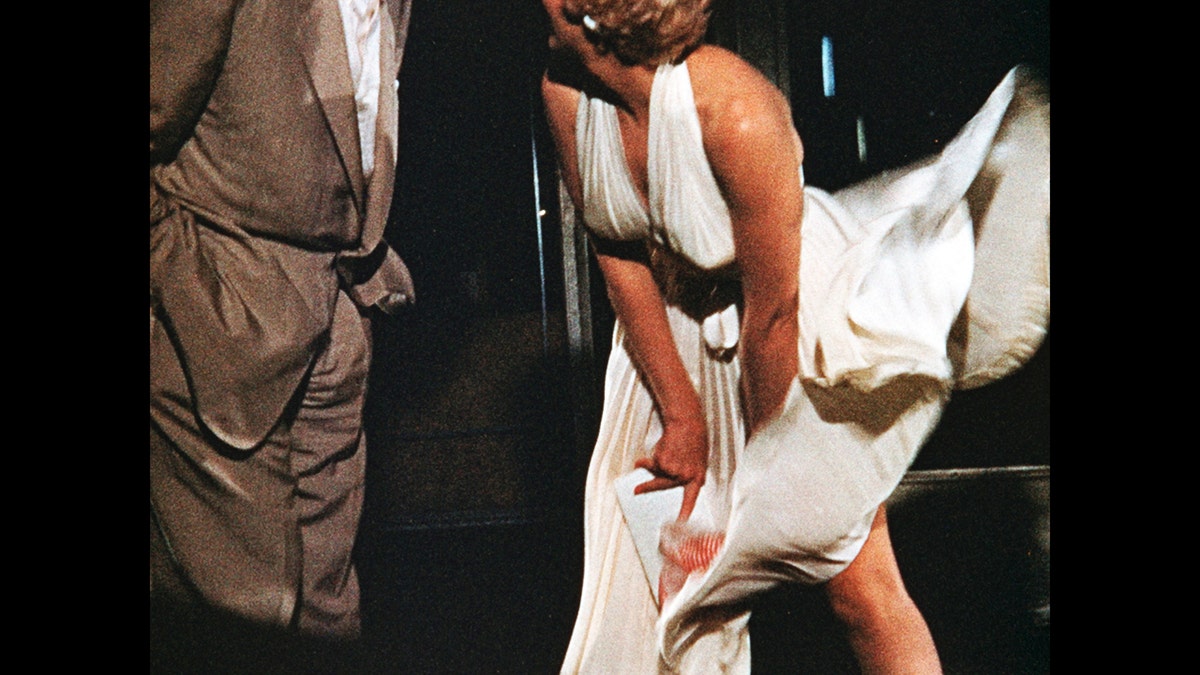
Jules Schulback captured Marilyn Monroe filming "The Seven Year Itch" in New York City. (Bonnie Siegler)
During this scene, Monroe wore a white halter cocktail dress. She stood over the grate, hoping to enjoy a cool breeze from the subway. She suddenly squealed, "Isn’t it delicious?" as the made-for-movie air, coming from a large fan, sent her dress flying over her head. The cheering crowd, primarily of men, roared "higher!" as gusts of wind repeatedly blew Monroe’s dress up. Her two pairs of white underwear were visible to then-husband Joe DiMaggio’s dismay.

"The Seven Year Itch" made Marilyn Monroe a Hollywood icon. (Bonnie Siegler)
The risqué scene was later reshot on a Hollywood lot. The 1955 film catapulted Monroe to superstardom but also ended her marriage. Schulback and his camera saw it all, but it would be decades until his granddaughter saw it for herself. She soon realized that the patriarch had his own story fit for the big screen.
"We learned so much more about my grandfather," Bonnie Siegler told Fox News Digital.
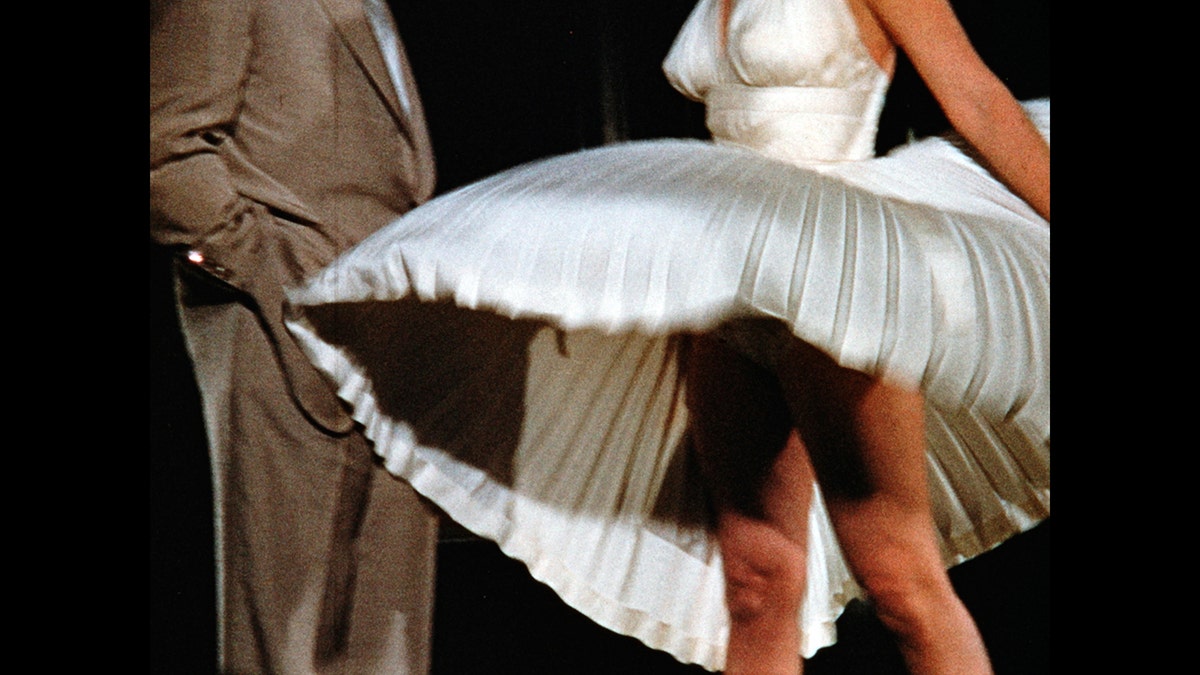
The story of the rare Marilyn Monroe footage first went viral in 2017. (Bonnie Siegler)
In 2017, Siegler told her story to New York Times journalist Helene Stapinski for an article about the footage that went viral. However, the women have unveiled stunning new revelations about Schulback in a book published on Valentine’s Day titled "The American Way: A True Story of Nazi Escape, Superman and Marilyn Monroe." It details how Schulback captured the only known surviving footage of that legendary night. It also dives into his heroic story of escaping the horrors of the Holocaust and starting a new life in America.

Authors Helene Stapinski and Bonnie Siegler made some surprising discoveries about Jules Schulback. (Lisa Bauso/Ryan Christopher Jones)
"As we did more research, we learned a lot more and realized there was a whole new story to tell," Siegler explained. "We found out the identity of the sponsor who signed for my grandfather, who was the publisher of ‘Superman.’"
CLICK HERE TO SIGN UP FOR THE ENTERTAINMENT NEWSLETTER
The story of the furrier-turned-amateur filmmaker starts in Berlin. In 1938, a 25-year-old Schulback was navigating "a forest’s worth of paperwork" in hopes of fleeing to America. Schulback insisted to his family that Adolf Hitler was dangerous and his hate speech was only the beginning of unspeakable terror to come. Siegler pointed out that Hitler specifically hated Berlin because it was "enlightened" and "progressive" for its time.
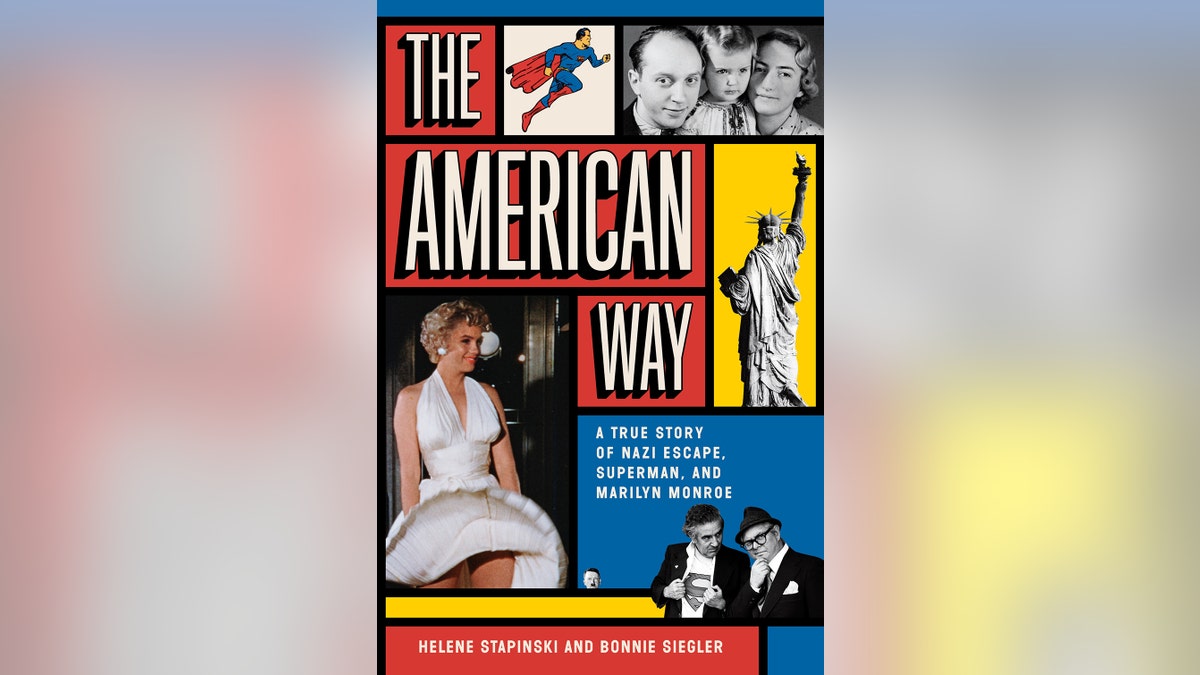
The shocking story of Jules Schulback is told in a new book titled "The American Way." (Simon & Schuster )
As Schulback urged his family to pack their bags and leave, they resisted, convinced that they would make it through the growing crisis. Meanwhile, Schulback was struggling to find a sponsor in America, which was required for Jews who were trying to enter the U.S. while fleeing from the Nazis. A citizen sponsor would vouch for the family and take financial responsibility for them.
"He saw the writing on the wall," Siegler explained. "He started preparing to come to America about nine months earlier. The laws keeping Jews in Germany from doing things had already been implemented, like going to grocery stores or movie theaters. They were excluded from sitting on special benches, things like that. It wasn’t looking like life was going to get better. It was going to get worse."
In the spring of 1938, Schulback headed to America. He had relatives in New York City who could help find a financial sponsor for him, his wife Edith and their toddler, Helen. His wife stayed behind to mind their shop. A month later, he headed back to Berlin to get his family. A suspicious guard stopped Schulback. Thinking fast, Schulback claimed he was an agent for "King of Hollywood" Clark Gable. He smirked and scoffed in annoyance, but secretly he was a sweating, nervous wreck.
REMEMBERING MARILYN MONROE, ACTRESS, FASHION ICON, AND SEX SYMBOL 60 YEARS AFTER HER DEATH
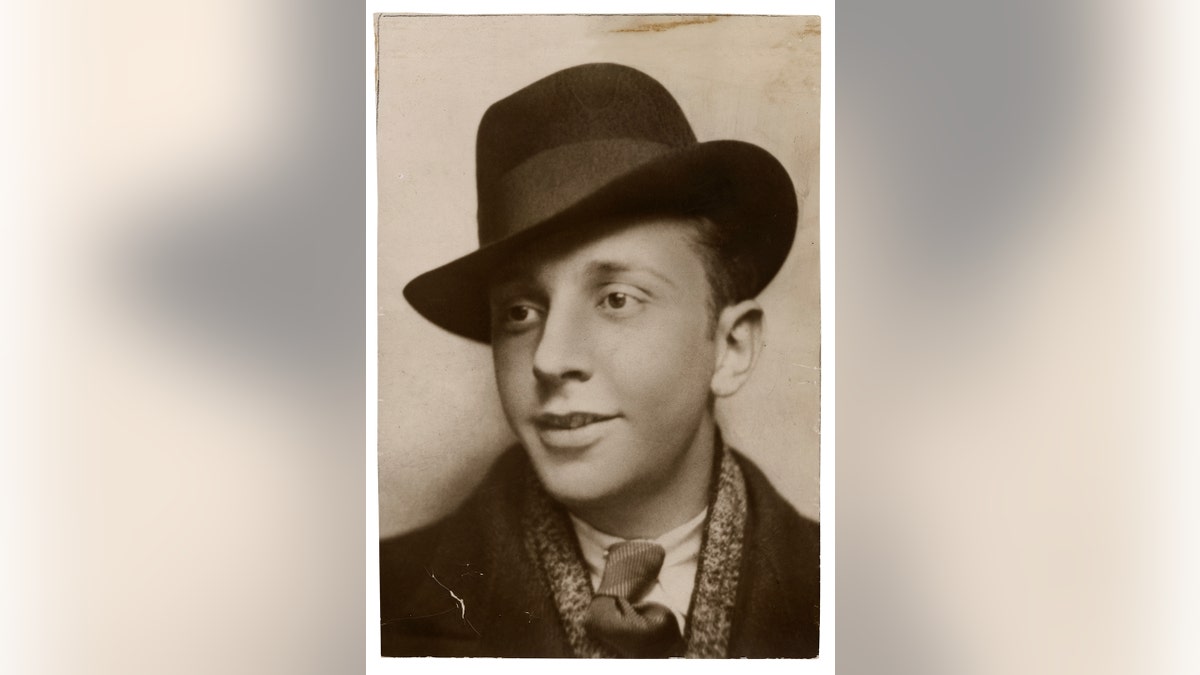
Jules Schulback left Berlin to New York City where he found an unlikely sponsor for him and his family. (Bonnie Siegler)
"It’s an incredible story of Jules thinking on his feet," said Stapinski. "He’s only 25, they’re not going to let him back into the country because he’s a Jew and what does he do? Well, he knew the Germans loved Clark Gable. Off the top of his head, he says, ‘Well, I’m Clark Gable’s agent and if you don’t let me through, his movie’s not going to get made. And The Führer is not going to be happy about that.'"
"He always said at the end of telling that story how Clark Gable’s next movie was ‘Gone With the Wind,’ which the Germans loved," Siegler chimed.
The line worked. Schulback grabbed his wife and daughter. In November 1938, the family left Berlin together for America.
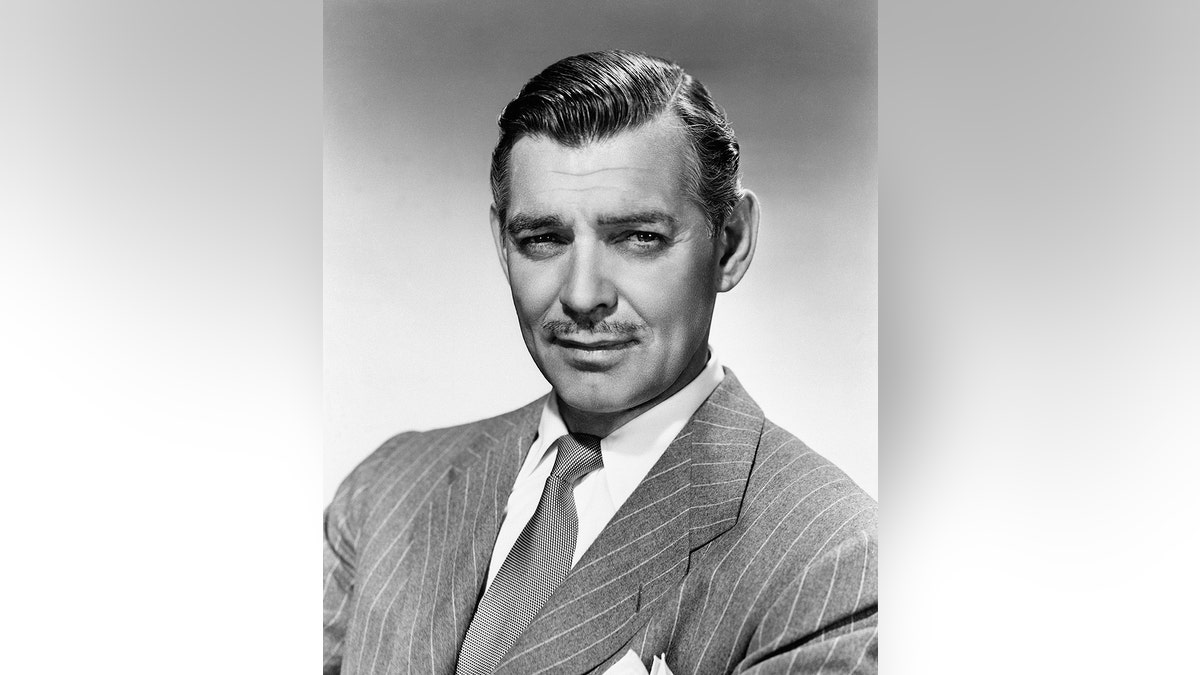
Jules Schulback told a suspicious border guard that he was an agent for "King of Hollywood" Clark Gable. The "Gone With the Wind" star would later appear alongside Marilyn Monroe in their last completed film "The Misfits" in 1961. (Getty Images)
"A neighbor, who was a member of the Gestapo, stopped him on the staircase in his building and told him, ‘Leave now,’" said Siegler. "It was the day before Kristallnacht and this guy knew what was going to happen. So this neighbor told [my grandfather], ‘Leave now – not tomorrow, not next week. Now.’ And that’s what he did – he left immediately. There was a long-term plan and then there was a very short-term plan. I think about when I was 25. Would I have had the courage to leave my family? Would I have dared to go to a new place where I don’t speak the language and start anew? I have a 22-year-old – he wouldn’t be able to do that."
"And there were the older members of the family who didn’t want to leave," said Stapinski. "They had their lives already. They were entrenched. You’ve got your business, you’ve got your house – you don’t want to go. But for someone who’s in their 20s, starting a new life is a little easier. He did, and he thought he could get them later."
Siegler later learned that the man who sponsored her grandparents was Harry Donenfeld, who published the original "Superman" comics.
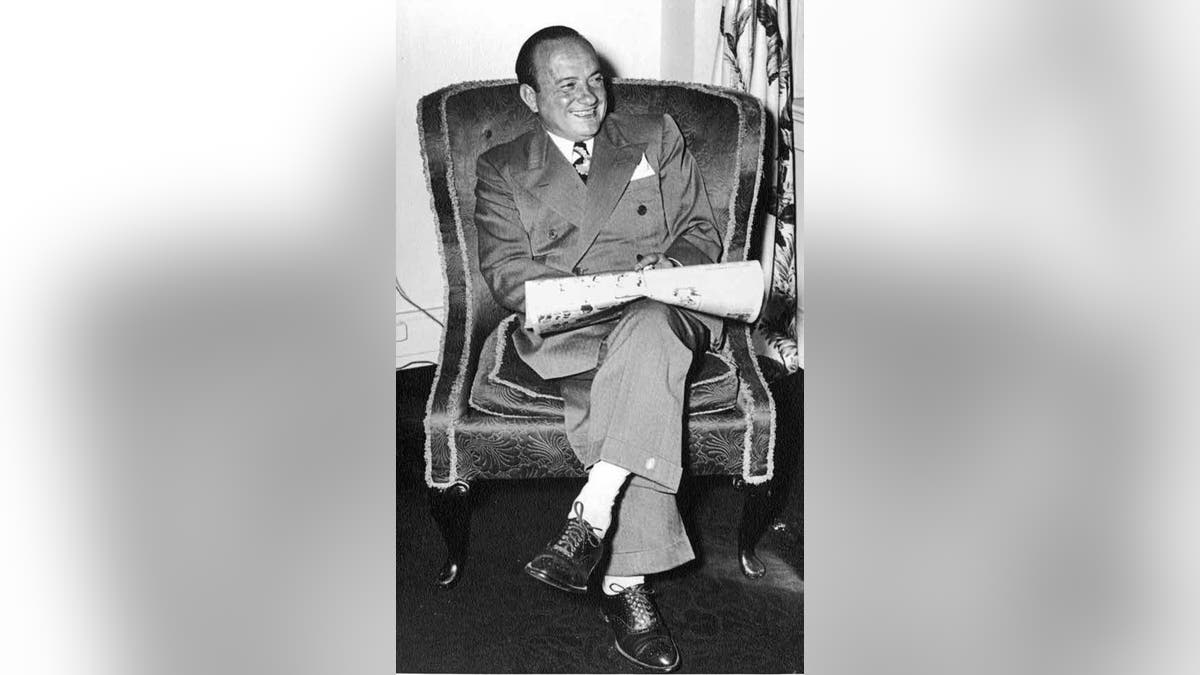
Jules Schulback and his family were sponsored by Harry Donenfeld, the publisher of the "Superman" comics. (Simon & Schuster )
"’Superman’ was just coming out when Jules got Harry as a sponsor," Stapinski explained. "He wasn’t yet the publisher of ‘Superman’ but he was about to be. He had been a publisher already. He published these cheesy ‘girlie’ magazines that were a little risqué at the time. I wouldn’t say they were pornography, but they were a little racy. He had money from bootlegging - Harry had made a fortune from bootlegging during the ‘20s. He happened to live next door to Jules’ cousin Faye [Sternberg]. She knew Jules needed a sponsor, and she also knew Harry had a lot of money. So she went to him with her son Neil to his office and asked him to sponsor them. Harry, being a mensch, did so."
"Harry didn’t tell anybody and my grandfather didn’t tell anybody," said Siegler. "It was either an agreed-upon secret or something else… And I think that maybe because Harry was tied to the mob in various ways, maybe my grandfather thought better to keep this one on the DL [down low]."
"My theory is that Harry didn’t want a lot of people coming to him and asking for a sponsorship," Stapinski chimed. "He probably said, ‘Yeah, I’ll do it, but don’t go around talking about it because then every Jew in New York City is going to be on my doorstep asking for help.’ That’s my theory, but we don’t know for sure."
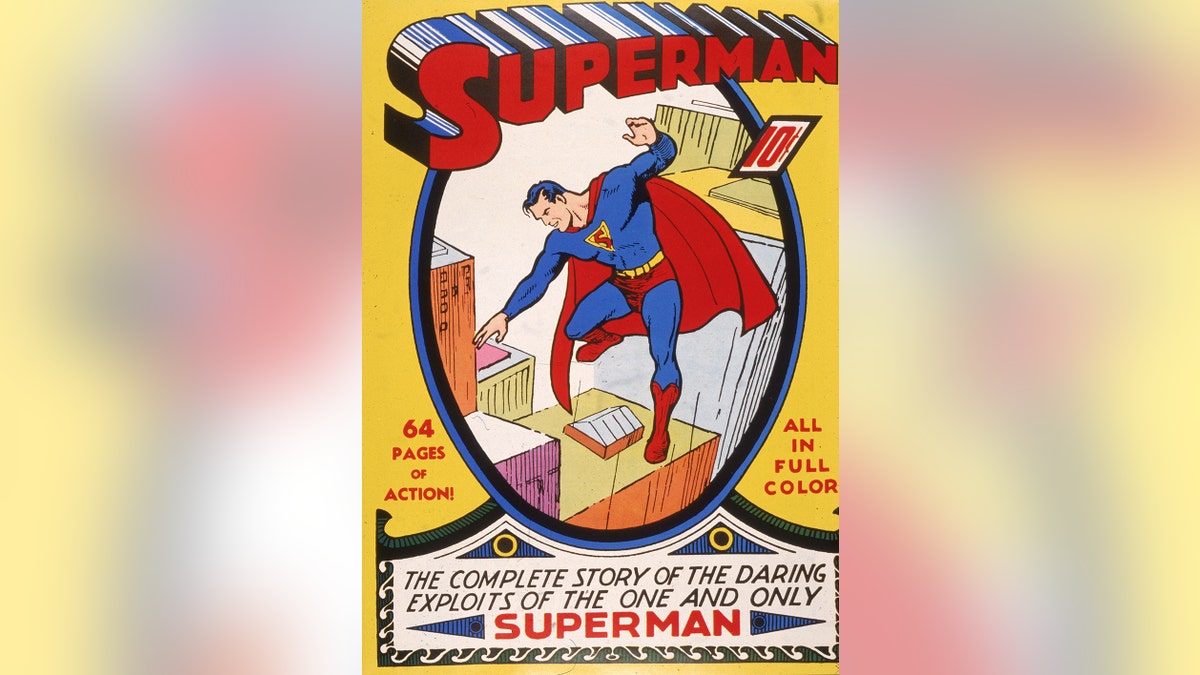
Superman #1 hit newsstands in the spring of 1939. (Photo by Hulton Archive/Getty Images)
Donenfeld, the son of European Jewish immigrants, was one of many who helped desperate families, even as the U.S. government turned away ships of refugees. The full extent of his activities is unknown. Stapinski and Siegler were not only able to verify Donenfeld’s role in getting Schulback’s family to safety, but Siegler even connected with Donenfeld’s grandchildren, an experience she described as "magical."

It's unknown whether Harry Donenfeld sponsored other families fleeing Europe. However, his family hasn't ruled out the possibility. (Amy Donenfeld)
"Harry might have sponsored more families," said Stapinski. "We don’t know. All the documents from that sponsorship period were destroyed. What we do know is that Jules and his family were lucky to have Harry."
Schulback’s remaining family perished in the Holocaust, which Siegler later learned. He went on to have a happy life in the U.S. And much of it was documented in home movies from over the years. Edith had a stroke in the ‘70s and was cared for by her doting husband for 26 years until she passed away.
FRANK SINATRA WAS ‘HAUNTED’ BY MARILYN MONROE’S DEATH, PAL CLAIMS: ‘HE NEVER GOT OVER IT’

Jules Schulback was a devoted husband to Edith for 59 years. (Bonnie Siegler)
"She was his reason for living, and he was hers," said Siegler.
It would be decades until Siegler found her grandfather’s footage of Monroe. She was helping to clean Schulback’s apartment after the 93-year-old was forced to leave. The Andrew W. Mellon Foundation bought the townhouse where he lived. She discovered a D’Agostino bag with lots of films curled up.
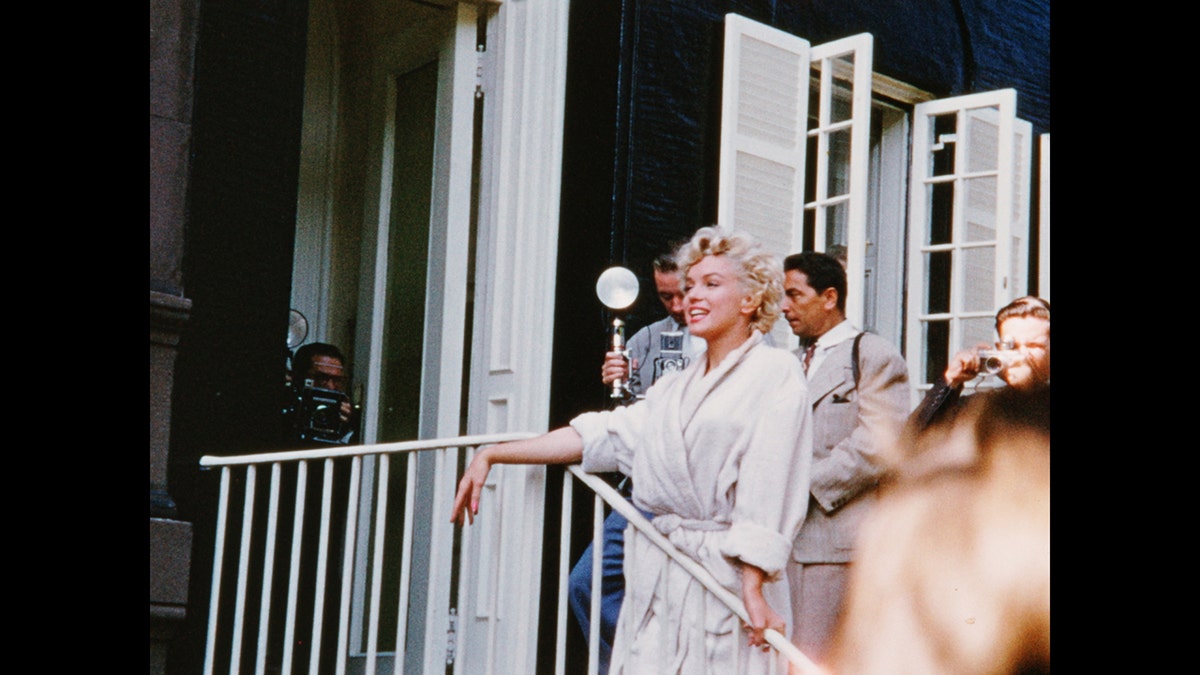
It would be decades until Bonnie Siegler saw the surprising footage her grandfather Jules Schulback captured of Marilyn Monroe. (Bonnie Siegler)
"First of all, he was really proud to be an American," said Siegler. "FDR was God to him. And to see Marilyn was just a confirmation of his American status. He was five feet away from Marilyn Monroe and Billy Wilder… He felt that life was grand… [I remember] playing the film and there she was. It was like finding treasure. It’s incredibly crisp and it looks like it was shot yesterday."

Bonnie Siegler hopes that the story of her grandparents will eventually be told on the big screen. (Bonnie Siegler)
In 2005, Schulback moved to a new apartment across from Central Park. He died six months later. Today, Siegler hopes to make one of his dreams come true – transform his story into a movie.
"He knew he had a great life story," said Siegler. "He wanted it to be called ‘The Signature’ because he thought Harry’s signature was the reason he and his family were alive."
"There are superhero movies and there’s Superman," said Stapinski. "But there are cape-less heroes that fly around day to day… And I think that’s the message here."






















